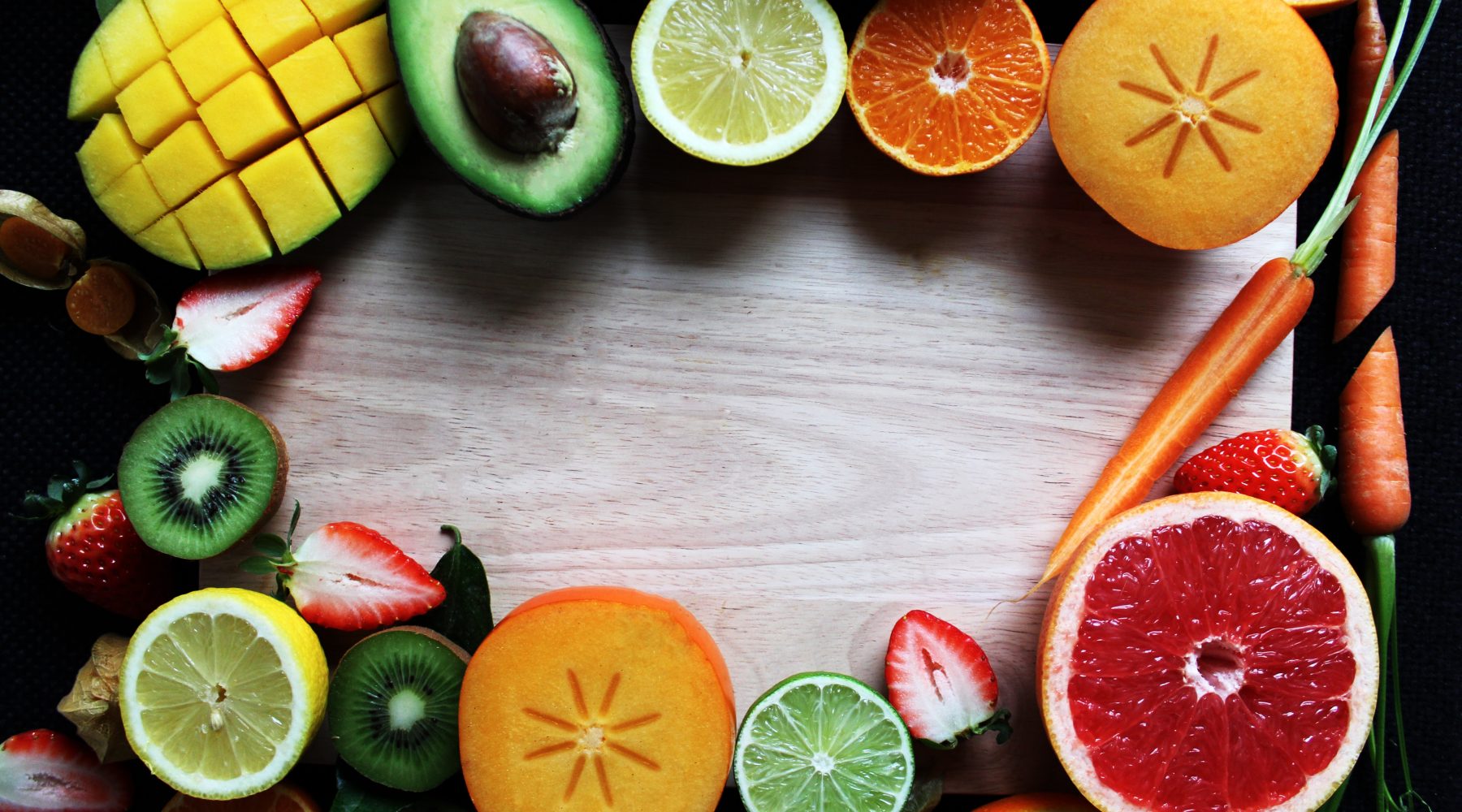Sticks and stones can break their bones…but words used about food and bodies can hurt too

Children learn about the world through the perspective of the caring adults around them. Educators warn children not to touch something, because it’s too hot. Parents tell children they are gorgeous, cheeky, silly or brave, and children quickly learn what is noticed about their behaviour, and what is ignored.
Using that understanding, it goes without saying that passing on a fear of gaining weight can negatively impact a child’s body image and their relationship with food. Many early childhood educators would consider themselves to be inclusive – but does this extend to food and body image?
Think about conversations held in earshot of children about diets, exercise, keto, and being “so bad last night!” by eating pizza. Conversations like these can set up food aversions, body image issues and harm their relationship with food.
As educators and caregivers, you have a critical role to play in a child’s sense of self, identity and attitudes to the world and their bodies. Are you mindful of how you speak about food and your body in front or in earshot of children?
Leading by example
It’s very difficult to expect a child to switch to healthy food if they are mimicking unhealthy food behaviours and attitudes they see around them from educators and families, or if they are relying on food as a way to combat boredom, loneliness, depression, anxiety or other negative feelings.
Children are impressionable and observing adults dealing with negative body image or food choices can in turn cause them to reject their own bodies.
3 no-no’s when it comes to feeding children
According to the American Association of Paediatrics, three practices have been shown to be associated with excess weight gain:
- Feeding in response to emotional distress;
- Using food as a reward; and,
- Excessive prompting to eat.
A clinical psychologist’s perspective
Wholesome Child consulted with Romy Kunitz, a clinical and developmental psychologist to get her perspective on the most healthy way to manage food and body conversations with young children. She shared three insightful tips:
- Don’t talk about your own weight or diet restrictions to lose weight in earshot of children. Research has revealed that the children of parents or carers who place an emphasis on food intake and weight gain and of others who diet regularly are far more susceptible to developing an eating disorder.
- If children have a sore stomach and refuse their meal, instead of talking about the food, talk about their feelings. A lot of the time children express their feelings through food and parents, caregivers and educators need to be sensitive to how they deal with this.
A sore tummy is most often where a child’s feelings are expressed. When this happens and it seems clear to you that the tummy ache isn’t due to constipation/diarrhoea or something they have eaten, attempt to talk about what the sore tummy looks like or feels like.
Ask the child to draw what they are feeling, for example, and then make the association for them that perhaps they are feeling angry, sad or anxious. Helping children make the connection between their feelings and appetite is an enduring gift – and preventing force feeding is very important in these circumstances too.
- As an influential adult you can help children to avoid comforting themselves with food. Being sensitive to their emotional needs – and tuning in where they may be asking for more for the wrong reasons, is incredibly valuable. Sometimes, all they may need is to talk it through to understand where their desire for comfort food is coming from.
Some do’s when it comes to encouraging healthy eating behaviours:
- Speak about healthy and unhealthy attributes of food. For example, fish will make your skin glow, carrots can ensure good eyesight, and doughnuts may upset your tummy
- Speak about your body in terms of strength not weight
- Teach children to identify when they are hungry and full
- Constantly praise children for making healthy choices.
And some don’ts
❌Speak negatively about food in terms of high and low calories
❌Speak negatively about your own weight or body dissatisfaction in front of children
❌Let children eat out of boredom or when they’re thirsty (thirst often presents as hunger).
Popular

Practice
Provider
Quality
Research
Workforce
New activity booklet supports everyday conversations to keep children safe
2025-07-10 09:00:16
by Fiona Alston

Quality
Practice
Provider
Workforce
Reclaiming Joy: Why connection, curiosity and care still matter in early childhood education
2025-07-09 10:00:07
by Fiona Alston

Policy
Practice
Provider
Quality
Research
Workforce
Beyond the headlines: celebrating educators and the power of positive relationships in early learning
2025-07-07 10:00:24
by Fiona Alston












